The FDA's child vaccine timeline is putting millions at risk
Families with young kids remain in pandemic purgatory as the government dithers


With a terrifying new model predicting another 100,000 COVID-19 deaths in the United States by December 1st, it is long past time to adjust the country's creaky pandemic strategy. Nowhere is that clearer than with the largest pool of involuntarily unvaccinated Americans – children under the age of 12, all 50 million of them – who are being marched off to schools with very little between them and infection. If President Biden doesn't want to see millions of children infected and thousands die in this next wave, he needs to push urgently for immediate emergency use authorization of the Pfizer and Moderna vaccines for younger kids.
Instead, the administration seems content to sit back and let the clinical trials play out at a snail's pace, with 5- to 11-year-olds forced to wait until sometime in November or December, and kids under 5 facing a maddeningly vague "mid-winter" timeline. This represents a disastrous misappraisal of the risks of side effects versus the risks of infection from the Delta variant, and one final middle finger to beleaguered parents who have been asked by society to do it all for 18 long months, in a country that already provides next to no support for child-rearing.
Some in the FDA saw this disaster coming months ago, when the agency made a series of boneheaded decisions about how many children needed to be included in vaccine trials and how long safety data needed to be collected before authorization. "If we wait too long and do these clinical trials with large numbers of pediatric subjects, we may not be ready to have these tools available when we need them," said Marion Gruber, director of the Food and Drug Administration's (FDA) Office of Vaccine Research, in June. While the slow and careful approach with safety data for younger children might have made some sense early in the summer when it looked like the pandemic was winding down, it is absolutely bananas to stick with this strategy today, when pediatric hospitals are filling up with sick children from coast to coast, and parents are reliving an updated version of their endless pandemic hell each day.
The Week
Escape your echo chamber. Get the facts behind the news, plus analysis from multiple perspectives.

Sign up for The Week's Free Newsletters
From our morning news briefing to a weekly Good News Newsletter, get the best of The Week delivered directly to your inbox.
From our morning news briefing to a weekly Good News Newsletter, get the best of The Week delivered directly to your inbox.
When the pandemic arrived like a most unwelcome house guest in March 2020, schools and daycares closed and parents were expected to just keep working with toddlers crawling over their laps and depressed adolescents camped out in their "offices." The predicament was even worse for health-care workers and those who couldn't do their jobs over Zoom. When many schools moved to virtual learning throughout the 2020-2021 school year, working parents toggled numbly between doing their jobs and supervising the miserable ordeal of Zoom kindergarten and Zoom elementary school and Zoom parent-teacher nights. Those who elected to keep smaller kids out of daycare mostly survived by having someone (usually women) drop out of the work force.
Now, parents are once again faced with an agonizing choice: Roll the dice by sending their kids into the disease hothouses of schools and care facilities, or pull them out of care for their own safety but plunge themselves back into the flat circle purgatory of trying to "work" with them in the house. And those are the lucky ones – millions of low-wage laborers and essential workers have no choice at all but to see their little ones off every morning and hope for the best.
Yes, children remain much less likely than adults to get seriously ill from COVID-19, and the U.S. would be first past the post globally in terms of vaccinating younger age groups. But the U.S. is also experiencing one of the worst outbreaks on the planet, just as kids are heading back to school, many in districts without even minimal mitigation efforts. More than 180,000 cases of COVID were reported in children the week ending August 19th, when fewer than half of eligible kids were back to elementary, middle, and high schools. By early September, children in all districts will be back in the classroom, and case numbers will only climb.
Worse, many states don't even report pediatric cases, fewer than half report hospitalizations, and only 43 record mortality data, meaning that the true numbers for all three metrics are probably significantly higher than we think. With the national data that we do have, the infection fatality rate for children is about .01 percent. If the surge of kids returning to classes doubles the weekly infection rates to 360,000 for the foreseeable future, that could lead to something in the neighborhood of 4-5 million new cases by December and 30-40 deaths a week, doubling the (mercifully small) number of children who have so far died of COVID-19. And even that is assuming that pediatric hospitals will be able to provide the same level of care when they are slammed with coronavirus cases, to say nothing of the anguish of parents whose children survive hospitalization, contract long COVID, or just get awful flu-like symptoms for a week that never get quite bad enough for a visit to the ER.
A free daily email with the biggest news stories of the day – and the best features from TheWeek.com
For parents, there has perhaps been no more infuriating gut punch than knowing there is a lifesaving vaccine out there, but that we may be unable give it to our kids for many months. Manufacturers seem confident the vaccines are safe for children: "The safety profile so far is really comparable to the adults and, so far, no safety concerns," Dr. Jacqueline Miller, senior vice president at Moderna, told NPR. Yet the FDA and the Centers for Disease Control (CDC) remain committed to an approval timeline that ignores the rolling pediatric public health crisis.
The results of this grim national experiment on pediatric health are going to be tragic if Biden does not take action today. Certainly, some parents would see vaccinating their kids with a drug approved in a sped-up emergency-use process as a different kind of gamble, and would want to wait to see the full safety data that regulators are demanding. But parents should at least have the option of taking on that risk given the spiralling outbreak in schools.
Most parents that I know are more or less resigned to their children getting COVID this fall and winter. In our household, even with both adults double-vaccinated, we're back to the timeless joy of discussing how we will take care of each other if one or more of us gets the virus. But it's not too late for the Biden administration to act. Instead of counting only on masks and ventilation to avert the tragedy of a mass pediatric mortality event (which, to be clear, they will not), Biden needs to remember that the chiefs of the FDA and CDC serve at his pleasure. This is a once-in-a-lifetime crisis, and we simply cannot afford to abide by the same plodding schedule as we would deploy for a new toe fungus drug. Either the vaccine, at least for 5- to 11-year-olds, needs to be authorized immediately, or the people holding it up need to be deposited back into the private sector.
This is obvious to me, but seemingly not to anyone in the White House: The children's COVID situation is a political Hindenburg waiting to happen, a completely preventable mess that could topple Biden's presidency like a stack of milk crates. We were promised "no more malarkey," and yet the kids' vaccine delay reeks of bureaucratic inertia and warped priorities. If I were in the room with the president right now I would grab him by the shoulders and ask him "Joey, what are you doing, man?"
But I'm just some guy with a constant knot in his stomach about his kid's well-being. And after a year-and-a-half of this, parents like myself know to expect the worst, having learned the hard way what this country's priorities are, and that our sanity and the safety of our children aren't among them.
David Faris is a professor of political science at Roosevelt University and the author of "It's Time to Fight Dirty: How Democrats Can Build a Lasting Majority in American Politics." He's a frequent contributor to Newsweek and Slate, and his work has appeared in The Washington Post, The New Republic and The Nation, among others.
-
 Could smaller cars bring down vehicle prices?
Could smaller cars bring down vehicle prices?Today’s Big Question Trump seems to think so, but experts aren’t so sure
-
 2025’s most notable new albums
2025’s most notable new albumsThe Week Recommends These were some of the finest releases of the past year
-
 Trump aims to take down ‘global mothership’ of climate science
Trump aims to take down ‘global mothership’ of climate scienceIN THE SPOTLIGHT By moving to dismantle Colorado’s National Center for Atmospheric Research, the White House says it is targeting ‘climate alarmism’
-
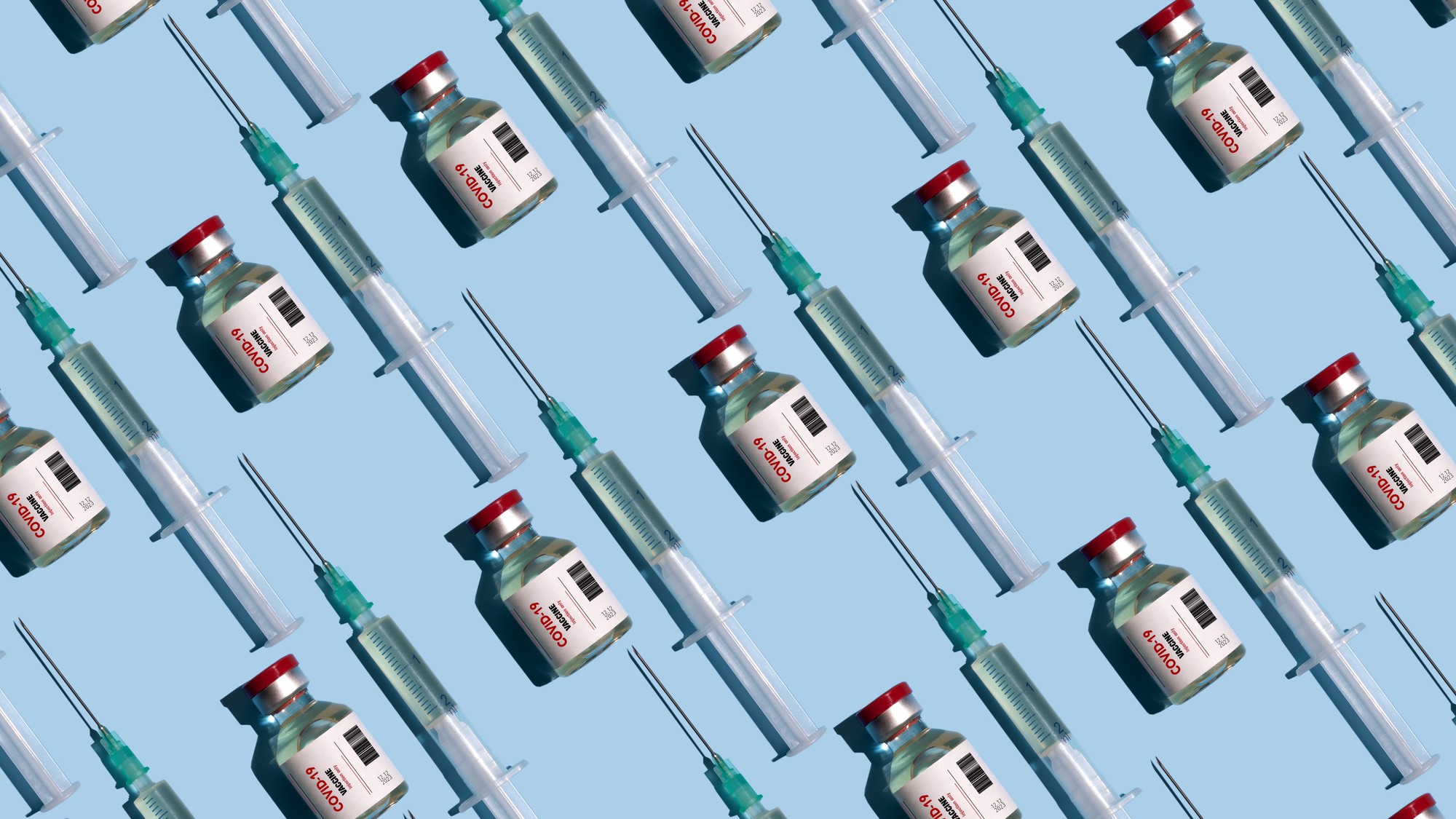 Covid-19 mRNA vaccines could help fight cancer
Covid-19 mRNA vaccines could help fight cancerUnder the radar They boost the immune system
-
 The new Stratus Covid strain – and why it’s on the rise
The new Stratus Covid strain – and why it’s on the riseThe Explainer ‘No evidence’ new variant is more dangerous or that vaccines won’t work against it, say UK health experts
-
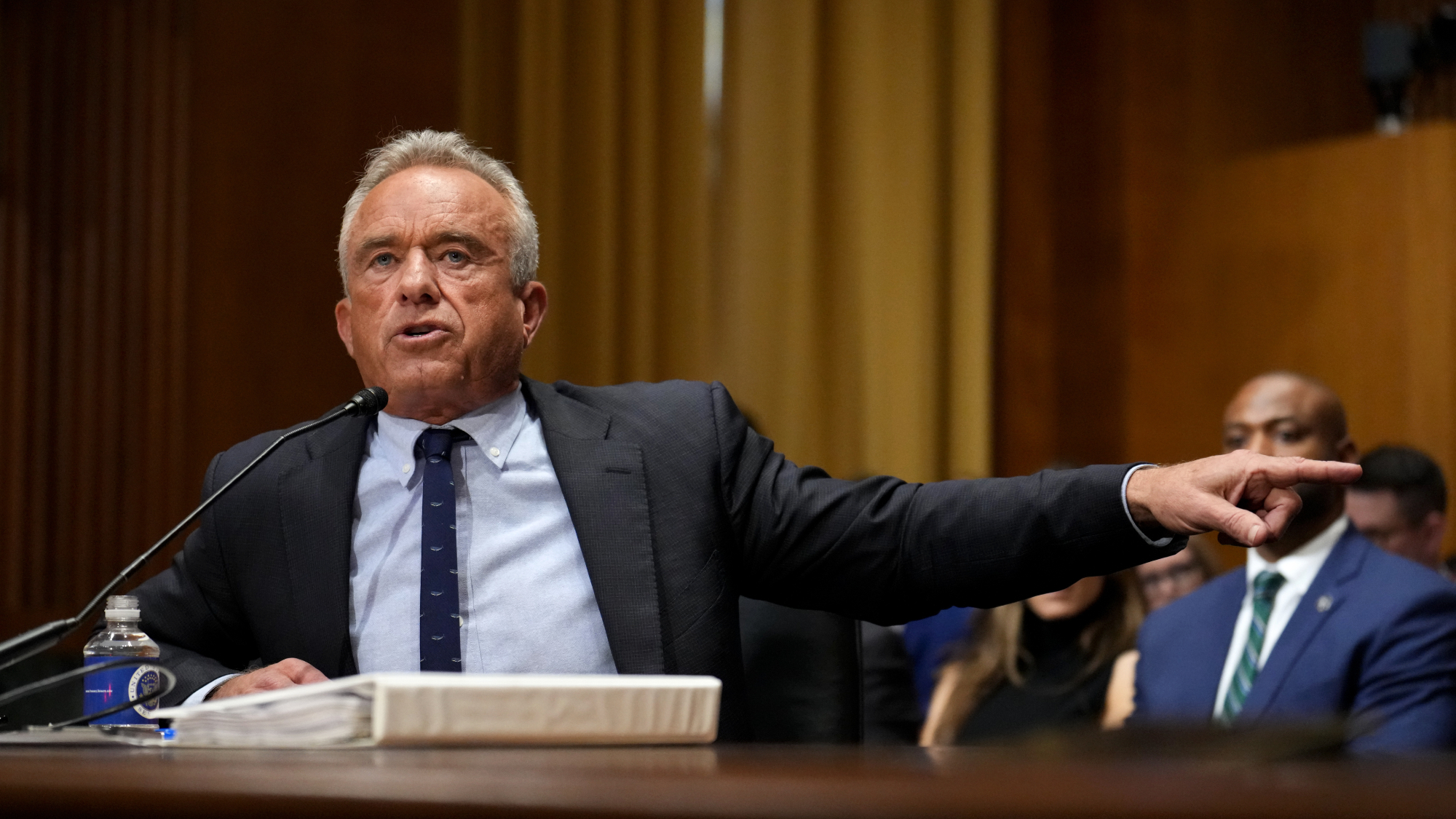 RFK Jr. vaccine panel advises restricting MMRV shot
RFK Jr. vaccine panel advises restricting MMRV shotSpeed Read The committee voted to restrict access to a childhood vaccine against chickenpox
-
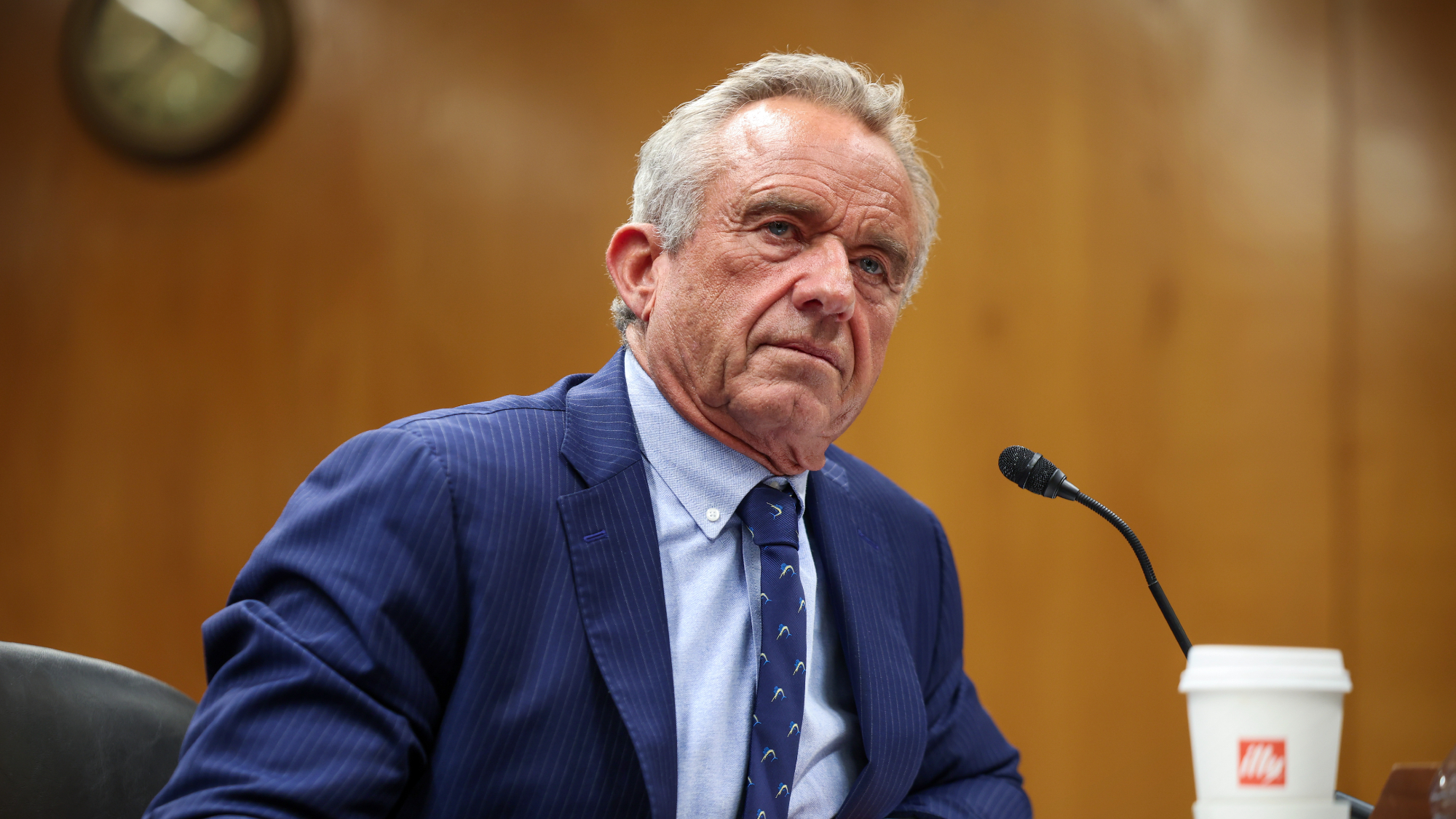 RFK Jr. scraps Covid shots for pregnant women, kids
RFK Jr. scraps Covid shots for pregnant women, kidsSpeed Read The Health Secretary announced a policy change without informing CDC officials
-
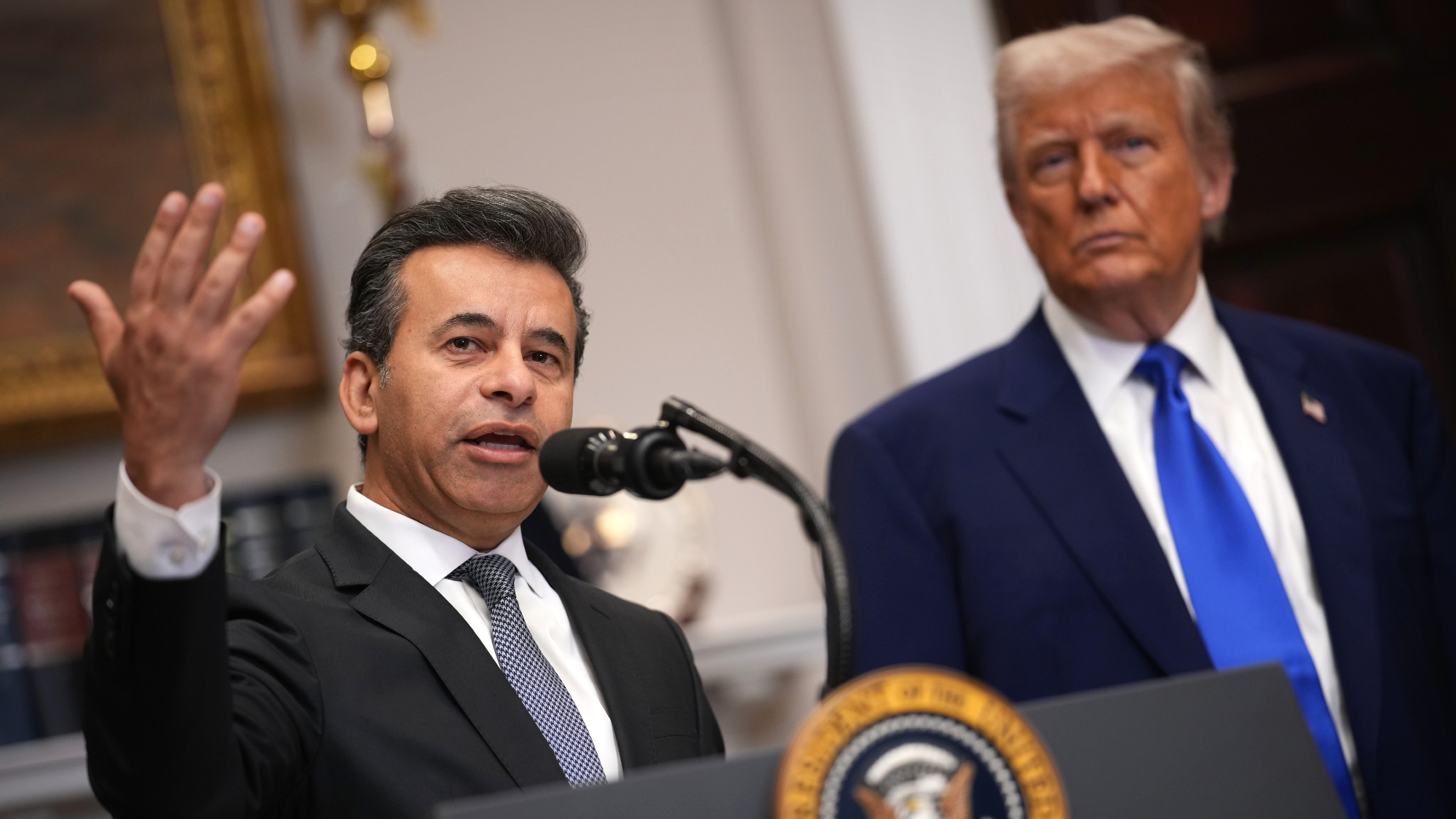 New FDA chiefs limit Covid-19 shots to elderly, sick
New FDA chiefs limit Covid-19 shots to elderly, sickspeed read The FDA set stricter approval standards for booster shots
-
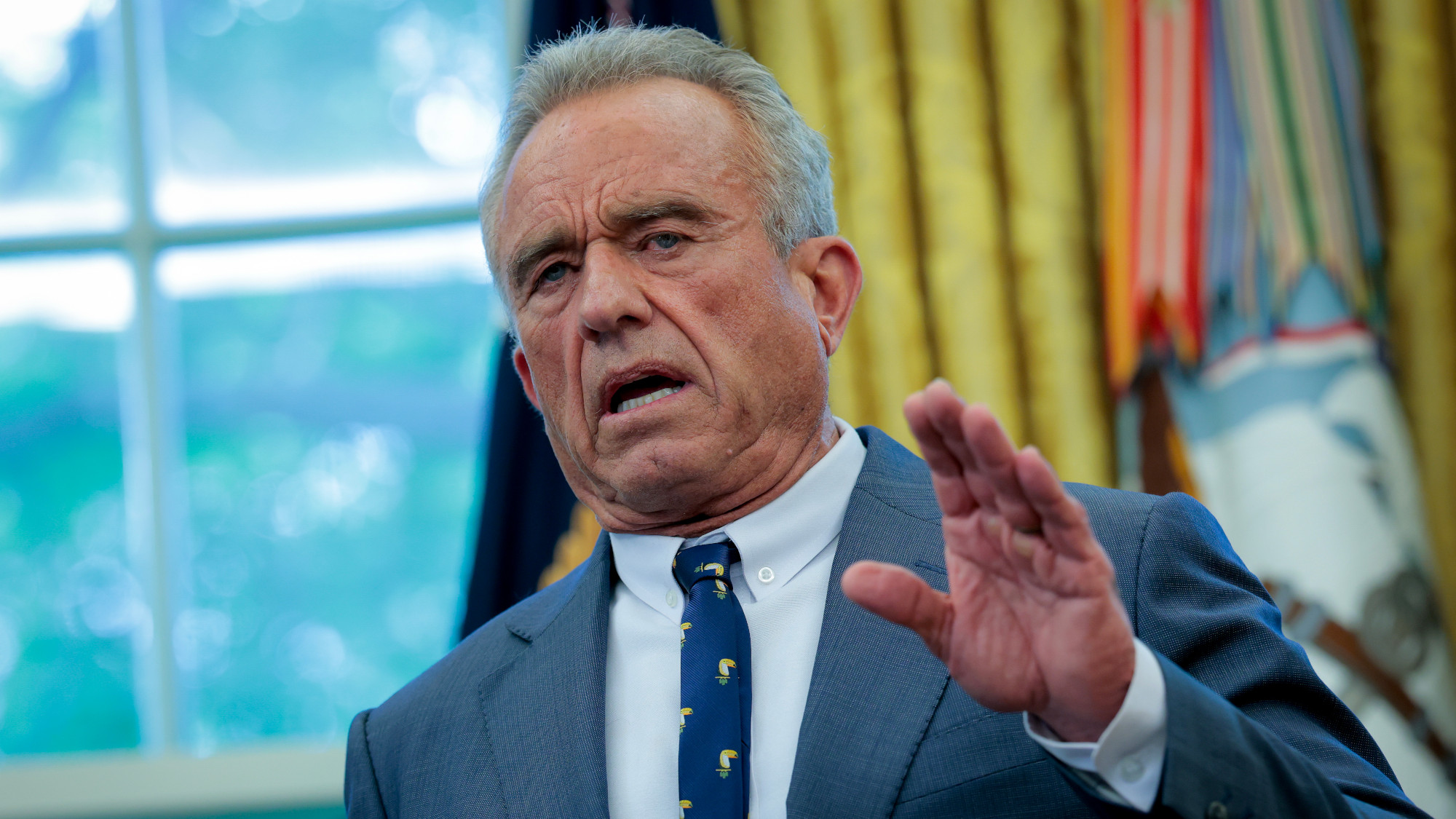 RFK Jr.: A new plan for sabotaging vaccines
RFK Jr.: A new plan for sabotaging vaccinesFeature The Health Secretary announced changes to vaccine testing and asks Americans to 'do your own research'
-
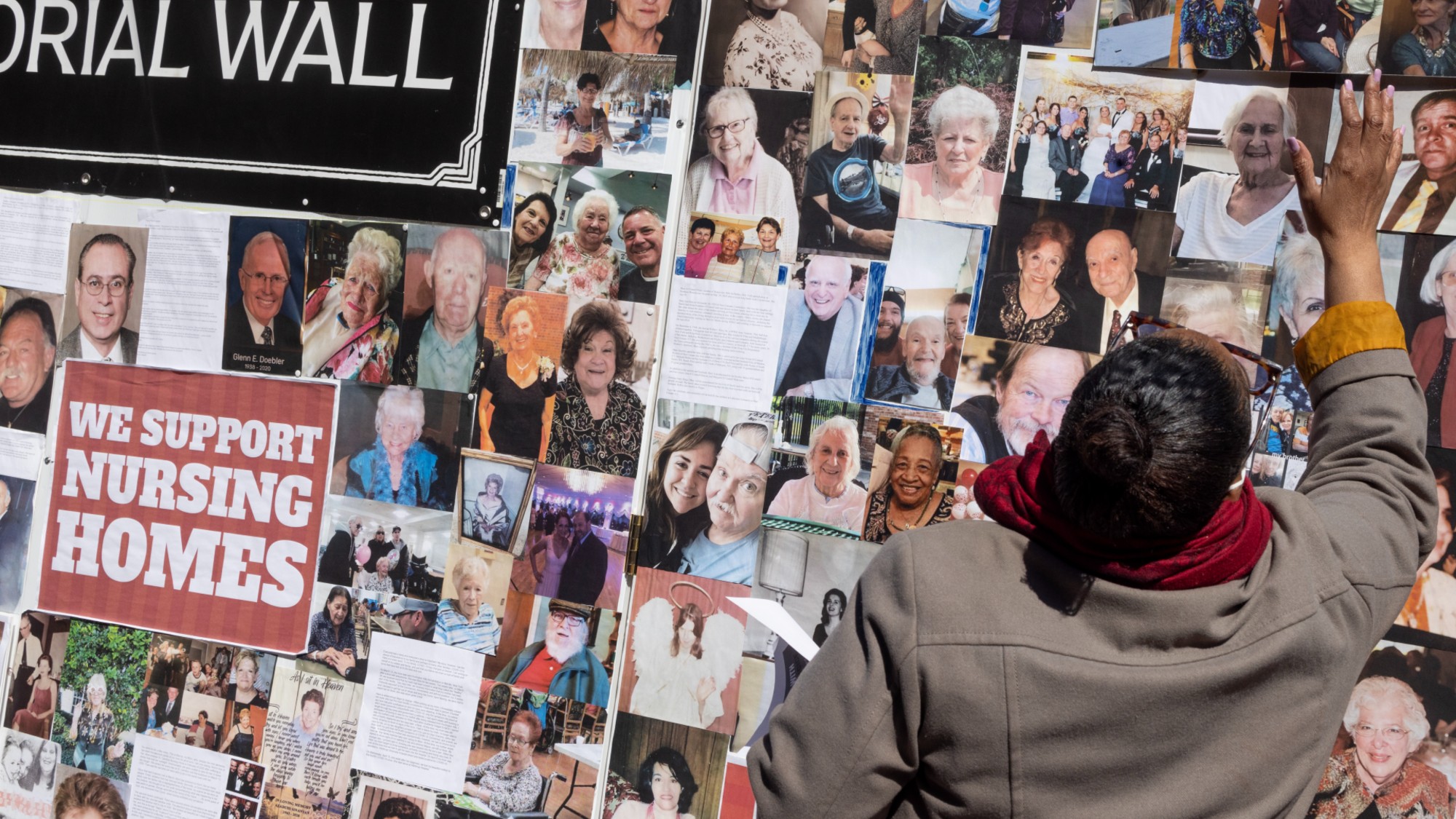 Five years on: How Covid changed everything
Five years on: How Covid changed everythingFeature We seem to have collectively forgotten Covid’s horrors, but they have completely reshaped politics
-
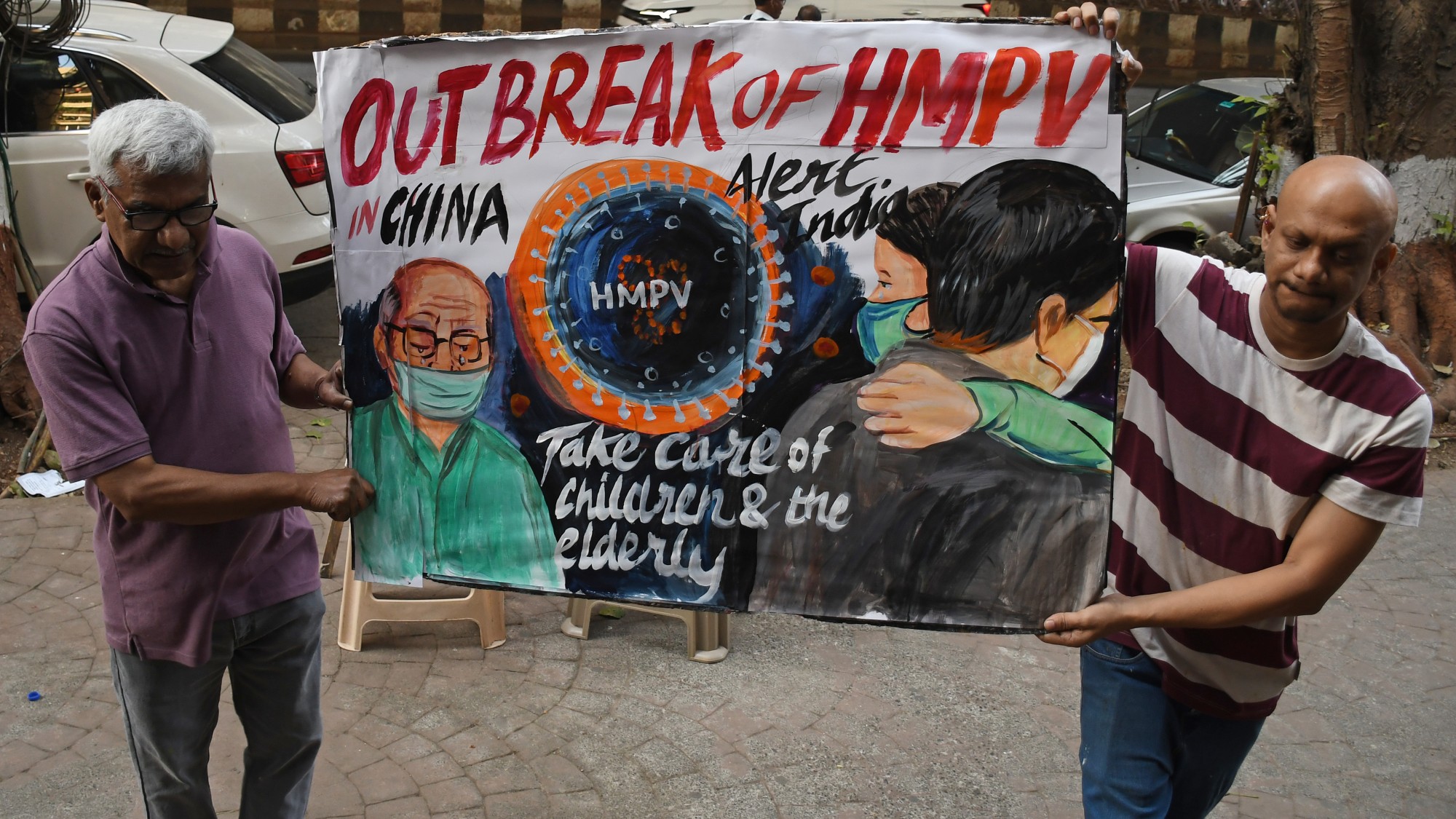 HMPV is spreading in China but there's no need to worry
HMPV is spreading in China but there's no need to worryThe Explainer Respiratory illness is common in winter
